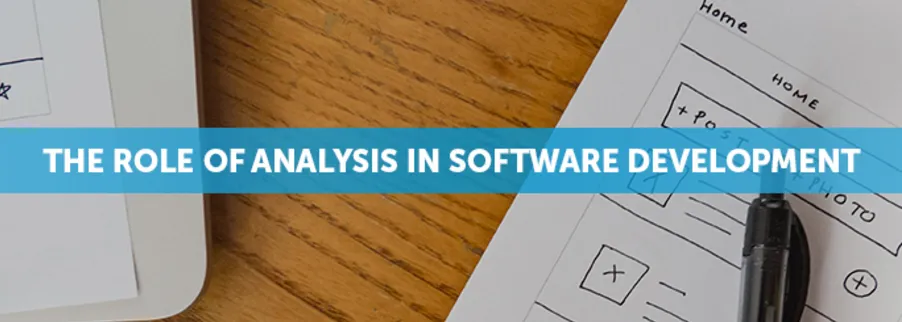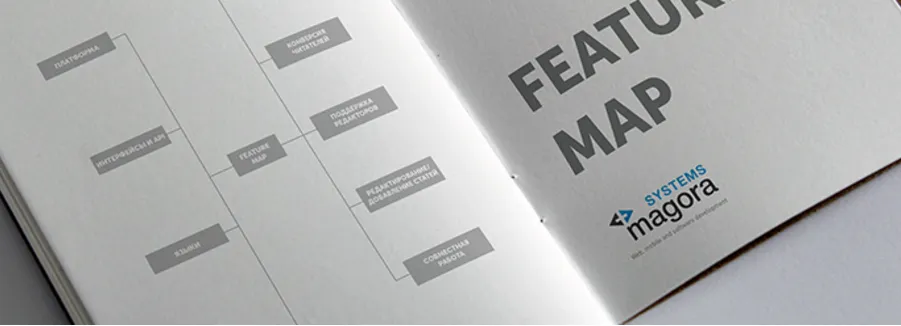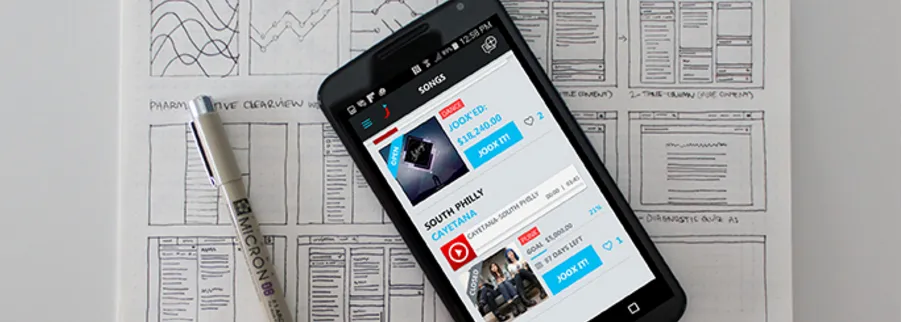
Analysis in bespoke software development

Why do we need analysis?
It helps reduce risks and costs for project implementation.
- When estimating time frames. Clearly documented project boundaries contribute in an accurate estimation of time frames.
- At the development stage. We clarify and
analyse customer requirements, look for weaknesses in business logic, and, depending on the overall details, offer agile or waterfall development solutions. This allows us to design a high-quality product from the get-go and not waste time and money on numerous changes. We thoroughly document all requirements, constraints and features, so that the client and the team will see a common picture. Once the analysis is done, we can set the project milestones and deadlines. - At the stage of delivery and acceptance of the project. Client participates throughout project’s elaboration and concept formation to receive the final product that will match his expectations.
How we handle Analysis at Magora
Step 1. Competitor Analysis
Our experts
Step 2. Feature Map Development
Feature Map allows seeing a project on a full scale in a compressed format. It includes all functional requirements,

Feature Map development is vital, because:
- It keeps project boundaries, functional requirements, features and limitations of the system recorded. It helps not to miss anything when preparing software requirements specification and in the course of development.
- Prioritising contributes to focus on functional significance: primarily develop the most
efficiently and the least costly. - Marking additional functionality options for future project creation;
- Feature Map is used throughout the project stages: project assessment, planning development
stages and goal settings.
Step 3. Prototyping

Prototyping is creating mockups of a developing system. Mockups serve to illustrate requirements visually, form the core structure of the system, find out customer’s screen and interface preferences. Visualizing helps to guarantee that analysts correctly understand the idea and requirements
It is important to draw mockups on the main screens that require client’s approval. Designers are often involved at the stage of prototyping to work out UX/UI.
Step 4. Software Requirements Specification
The final stage of analytics is software requirement specification. It’s formed based on Feature Map and maintains details of software functionality and peculiarities. After reading this document, you will get a complete picture of the system. Developed to meet all customer requirements, the specification serves as a fundamental tool for successful implementation of the project.
Finish detailed specification when implementing the project because:
1) It accelerates the process of transition from analysis to development;
2) Specification will be kept up-to-date by the leading analyst;
3) Some of the questions are solved more efficiently together with the team during the development process.
We recommend identifying MVP (minimum viable product) and elaborating functional requirements needed to establish the project. Focused on the most important features of the system, you can release the product as quickly as possible and get primary results. After launching MVP, get feedback from its first users while keeping system development by improving and expanding its functionality. It is better to identify MVP after creating Feature Map but before developing the specification.





